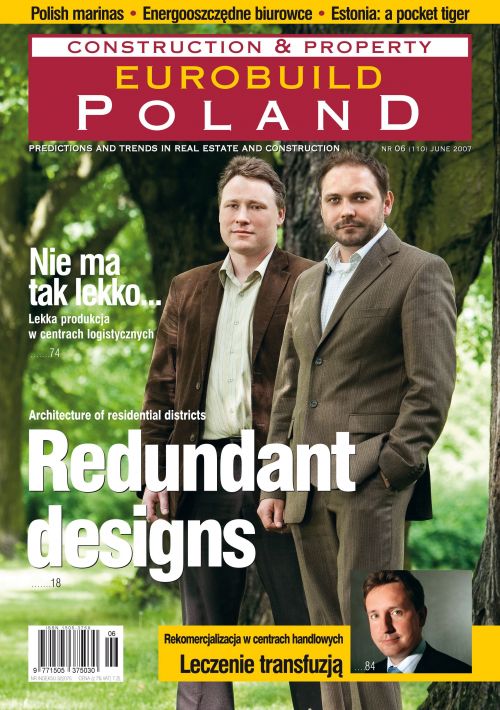In the next few years, is there going to be an earthquake for ageing shopping centres? Many premises built in the 1990s need to undergo re-commercialization – perhaps their last hope against competition from modern shopping mallsThe Wrocław Marino shopping centre completed in 1993 and rebuilt 5 years later has seen its best years. At least such is the impression given by this threadbare building, void of fashionable retail outlets and without the modern interiors designed for customer requirements. This is compounded by the rising competition in the city, where Galeria Dominikańska (30,000 sqm), managed by German developer ECE Projektmanagement, now squares up against the recently opened Pasaż Grunwaldzki owned by Echo Investment of Kielce (around 50,000 sqm of shopping and entertainment space), as well as Arkady Wrocławskie (around 32,000 sqm) owned by Leszek Czarnecki LC Corp. In addition, Galeria Legnicka (around 70,000 sqm) will be opening its doors for customers this aut






























































